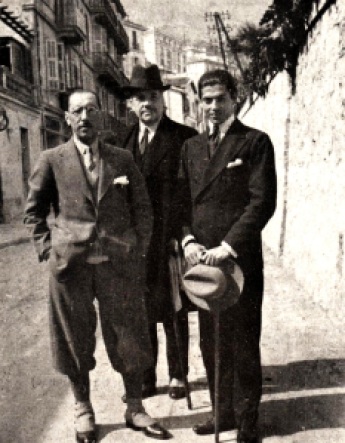The influence of Diaghilev’s Ballets Russes on the worlds of dance and music has been well-documented; less known today are the reverberations that the company’s productions sent straight to the heart of Parisian fashion and interior design. Schèhèrezade, the hit of the 1910 season, epitomized the exoticism of “le style ballets russes” for designers and their galvanized patrons.
 The first, and perhaps the foremost, to espouse the company’s saturated hues, sumptuous fabrics, and seductive Orientalism was Paul Poiret, who daringly introduced harem pants and turbans (inset), with boldly colored silks and velvets. Poiret also popularized brightly colored interiors, replacing conventional furniture with divans and tasselled cushions.
The first, and perhaps the foremost, to espouse the company’s saturated hues, sumptuous fabrics, and seductive Orientalism was Paul Poiret, who daringly introduced harem pants and turbans (inset), with boldly colored silks and velvets. Poiret also popularized brightly colored interiors, replacing conventional furniture with divans and tasselled cushions.
The company’s visits to London had a similar impact. “Before you could say Nijinsky” Osbert Lancaster recalled in Homes, sweet homes (London: Murray, 1939) “the pastel shades which had reigned supreme on the walls of the Mayfair for almost two decades were replaced by a variety of barbaric hues—jade green, purple, every variety of crimson and scarlet, and, above all, orange.” He added that the style’s adherents had “a tendency to regard a room not so much as a place to live in, but as a setting for a party.”
This according to “The wider influence of the Russian ballet” by Stephen Calloway, an essay included in Diaghilev and the golden age of the Ballets Russes, 1909–1929 (London: Victoria and Albert Museum, 2010; RILM Abstracts of Music Literature 2010-20723).
Above, one of George Lepape’s illustrations for Les choses de Paul Poiret vues par Georges Lepape (Paris: 1911), a book commissioned and published by Poiret in a limited edition of 300.
Below, a reconstruction of Schèhèrezade.





